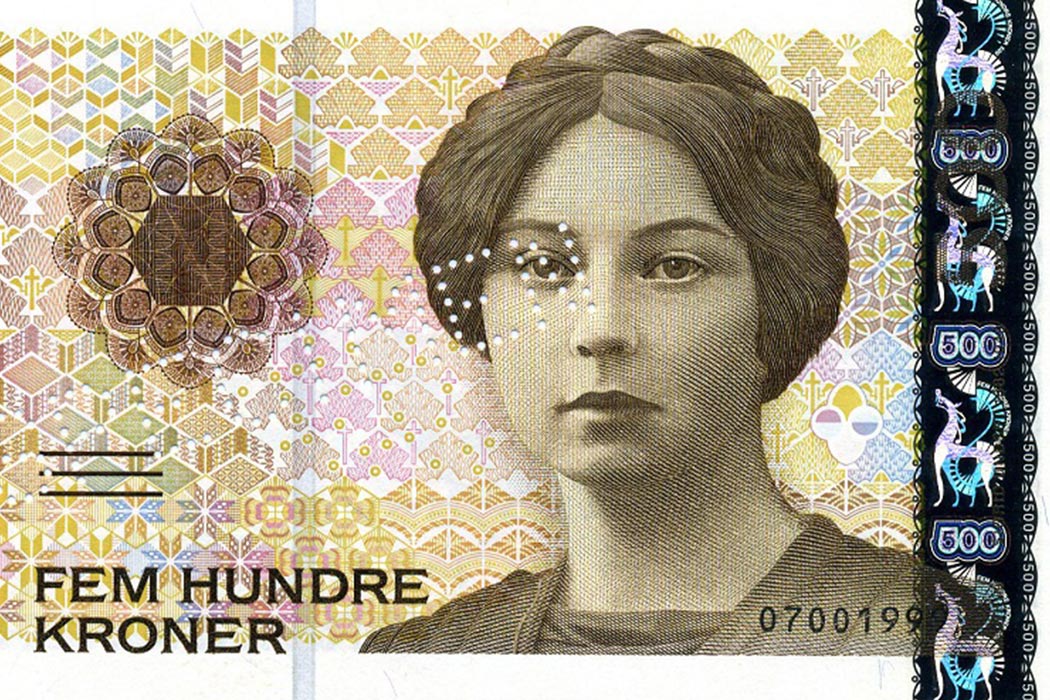When a novel wins prizes and makes its author famous, it is secured a place in the literary canon, right? Well, not always. For example, have you read Kristin Lavransdatter? Admit it: The answer is probably no. You may never even have heard of the book—surprising, given that it won its author, Sigrid Undset, a Nobel Prize in 1928.
Undset became a literary celebrity, honored on money and postage stamps, even having a crater on Venus named after her. Kristin Lavransdatter has been called one of the greatest historical novels ever written. But over the years something’s happened to Undset’s masterpiece: It’s simply gone out of style.
The Norwegian novel’s failure to connect with modern audiences in English can be chalked up to its archaic translation, Otto Reinert notes—until Tina Nunnally’s critically-acclaimed retranslation of the series in 1998, the book, which deals with the life and love of a medieval woman, was available only in an English edition that used lots of “thees,” “thous” and “forsooths.” But the book’s subject matter—a historical exploration of obscure events in an obscure time that deals with increasingly obscure questions of faith and family—is probably also to blame.
Kristin Lavransdatter is not one book, but three, each corresponding with a period in its titular heroine’s life. Kransen (The Wreath) follows its heroine from girlhood to a loss of innocence that could cost her the right to wear her unsullied bridal wreath and keep the love and acceptance of her family. Husfru (roughly translated as The Lady of the Manor) follows Kristin’s life as a wife, and Korset (The Cross) her later life—and death—in a convent.
At its core, writes Reinert, the books are about the heroine’s “long irony” of a life, and their message that “she who follows her own will rather than God’s may find herself where it was never her will to be.” That’s perhaps a bitter pill to swallow for modern audiences used to faster-moving texts, books that aren’t structured like medieval epics and subject matter that isn’t bound to a value system that in many ways no longer exists.
But though Undset’s story is literally stuck in the past, Reinert argues that its look backwards is part of its charm. He ultimately defends the book’s place in the canon of modern literature. “The function of literature is not to mirror passing surfaces in fidelity to the random, but to show general laws and principles in operation,” he writes. “…We feel at home in her medieval world because she knew that the mazes of the mind and the unquiet of the heart are forever.”







